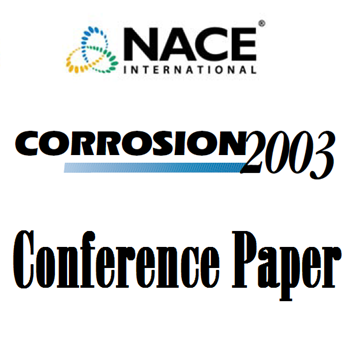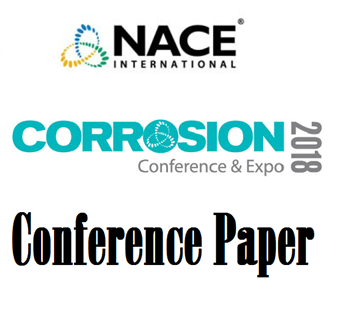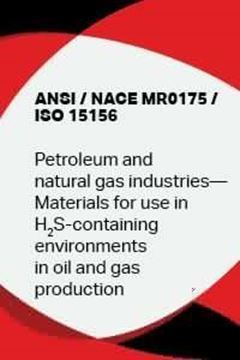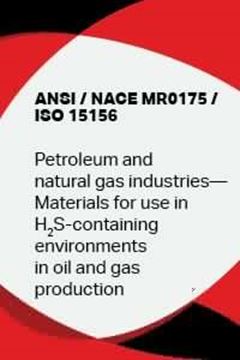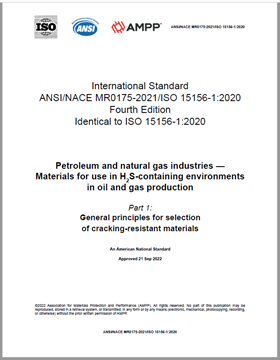Search
Products tagged with 'hardness'
View as
Sort by
Display
per page
03269 Observations of Corrosion of Electric Resistance Welded Galvanized Steel Pipe in Domestic Potable Water
Product Number:
51300-03269-SG
ISBN:
03269 2003 CP
Publication Date:
2003
$20.00
51317-9230- Study on Ferrite Content and Hardness of Thick-Wall 22% Cr Duplex Stainless Steel Welded Joints
Product Number:
51317-9230-SG
Publication Date:
2017
$20.00
51318-11399-Novel Ni-B/AlN nanocomposite coatings for oil and gas industry
Product Number:
51318-11399-SG
Publication Date:
2018
$20.00
Acceleration Of Long-Range Ordering in NiCrFe Alloys Using Proton Irradiation
Product Number:
ED22-18352-SG
Publication Date:
2022
$20.00
ANSI/NACE MR0175/ISO 15156-2015
Product Number:
21307-SG
ISBN:
MR0175/ISO15156
Publication Date:
2015
$255.00
ANSI/NACE MR0175-2021/ISO 15156:2020
Product Number:
ANSI-NACE MR0175-2021
Publication Date:
2021
$495.00
Augmentation Of Iron Carbonate Corrosion Products Using Amino Acids In CO2 Corrosion Environments
Product Number:
51322-17754-SG
Publication Date:
2022
$20.00
Coatings and Concrete: Understanding the Substrate
Product Number:
41215-919-SG
Publication Date:
2015
$20.00
Contribution to the Understanding of Hydrogen Stress Cracking Initiation and Propagation in Nickel Based Alloys
Product Number:
51323-18873-SG
Publication Date:
2023
$20.00
Effect of Surface Hardness Distribution on SSC Propagation Behavior in Grade X65 Linepipe
Product Number:
51323-19238-SG
Publication Date:
2023
$20.00
Effects of Silicon Carbide in Corrosion of A36 Gas Shielded Flux Core Welding
Product Number:
51324-21163-SG
Publication Date:
2024
$40.00
- 1
- 2

